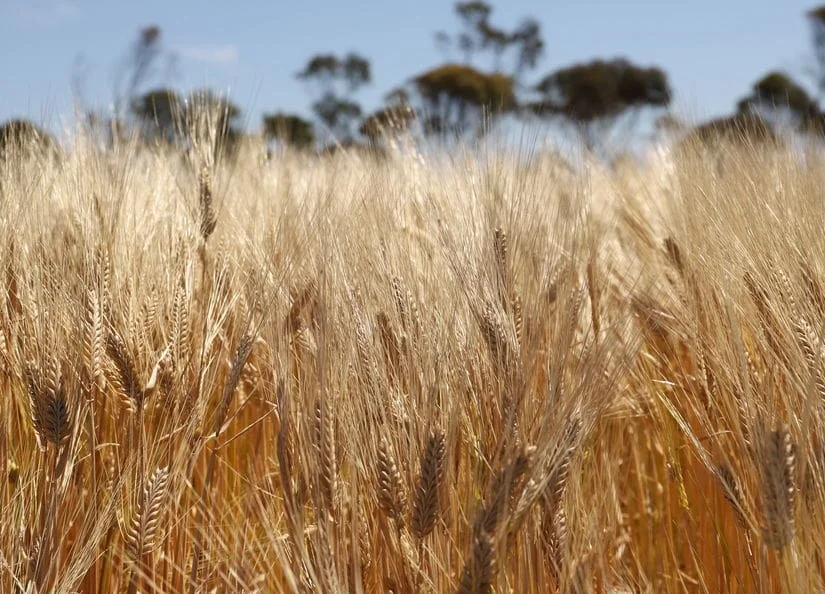Mixed Prospects for Australian Grains Amidst Seasonal Variability and Strong Export Demand
Rural Bank’s mid-year report paints a nuanced picture for the Australian grains industry over the next six months, balancing dry seasonal forecasts with robust export demand and favorable prices.
During the first half of the year, Australian growers navigated through diverse conditions, influenced by erratic seasonal patterns and fluctuating commodity prices. The report underscores the critical role of timely rainfall and favorable spring conditions in achieving optimal production outcomes. While regions like Southern Queensland and New South Wales benefit from consistent autumn rains, Western Australia, South Australia, and Victoria face challenges with significant moisture deficits.
Market Outlook: The outlook remains positive fueled by strong export demand and robust domestic consumption, particularly in the feedlot industry. Record-high numbers of cattle on feed, reaching 1.35 million head in the March quarter, signal sustained demand for grains. This optimistic market sentiment is bolstered by promising conditions in global beef markets, supporting continued high levels of grain-fed cattle production throughout the latter half of 2024.
Wheat: Australia’s wheat exports for the 2023-24 season are expected to reach 20 million tonnes, with a substantial portion already shipped by June. Tight supply conditions, compounded by low carryover stocks, highlight potential vulnerabilities to supply shocks or harvest disruptions in the latter part of 2024. Recent price fluctuations, influenced by Russian production concerns and Northern Hemisphere harvest pressures, suggest a neutral near-term outlook with positive long-term prospects due to tightening global stocks.
Barley: Forecasted barley exports for 2023-24 stand at 7.6 million tonnes, primarily driven by renewed Chinese demand post-tariff removals. Despite reduced production in the face of El Niño impacts, strong export forecasts for the EU and manageable global production figures are expected to stabilize prices in the near term.
Canola: Australia anticipates robust canola exports of 5.8-6 million tonnes for the current season, with tightened ending stocks and increased competition from palm oil and South American soybeans shaping market dynamics. While recent price peaks near $1000 per tonne are behind us, ongoing demand from the EU and competitive pressures suggest potential price rebounds above $700 per tonne by late 2024.
Pulses: Pulse exports, particularly lentils, have shown resilience with exports reaching 1.1 million tonnes by June. Despite challenges posed by escalating container freight rates, positive market conditions driven by reduced import tariffs in India for chickpeas and lentils are expected to sustain stable prices.
Outlook Summary: The report concludes with a cautiously optimistic outlook for Australian grains, emphasizing the importance of weather conditions and global market dynamics in shaping future prospects. While challenges persist in certain regions, strong export demand and strategic market positioning offer resilience amidst evolving economic landscapes.
Error




